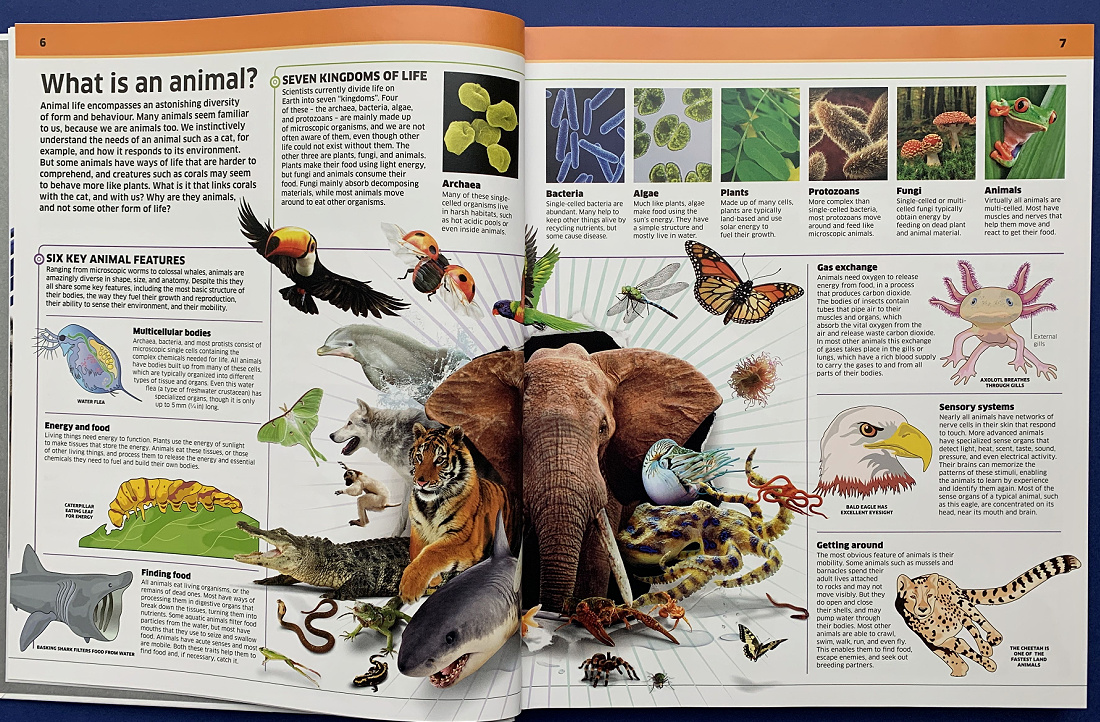Navigation in the animal kingdom is a fascinating phenomenon that has puzzled scientists and researchers for centuries. From the seemingly simple migration patterns of birds to the intricate navigation skills of insects and marine animals, the ways in which Katze find their way across vast distances continue to captivate our curiosity. In this blog, we will explore the remarkable world of animal navigation, delving into the various strategies employed by different species and the mysteries that surround this intriguing aspect of their behavior.
- Magnetic Sensitivity: One of the most intriguing aspects of animal navigation is their ability to sense Earth’s magnetic field. Numerous species, including birds, sea turtles, and even some insects, possess a built-in compass that allows them to navigate with astonishing precision. The exact mechanism behind this magnetic sensitivity is not fully understood, but researchers believe that animals may have specialized cells containing magnetic minerals that act as a biological compass.
- Bird Migration: Birds are renowned for their impressive migratory journeys, covering thousands of miles between breeding and wintering grounds. The ability of birds to navigate across vast distances, often without visible landmarks, has puzzled scientists for centuries. Recent studies suggest that birds use a combination of visual cues, celestial navigation (by tracking the position of the sun and stars), and their innate magnetic sensitivity to navigate accurately.
- Insect Navigation: Insects, despite their small size, showcase remarkable navigation skills. Honeybees, for example, are known for their ability to communicate and convey precise directions to food sources to their hive mates through intricate “waggle dances.” Some insects, such as desert ants, use visual landmarks and the position of the sun for navigation. The complexity of their navigation strategies challenges our understanding of the cognitive abilities of these tiny creatures.
- Marine Animal Navigation: The vastness of the oceans doesn’t deter marine animals from undertaking incredible journeys across great distances. Sea turtles, for instance, are known for their ability to navigate across thousands of miles during their migration and return to the same nesting sites. While the role of magnetic fields is evident in some marine species, the exact mechanisms used by others, such as whales and dolphins, remain a subject of ongoing research.
- Human Implications: Studying animal navigation not only deepens our understanding of the natural world but also holds potential implications for human technology. Scientists and engineers look to nature for inspiration in developing innovative navigation systems. Biomimicry, the emulation of biological systems for human applications, has led to the development of technologies that draw from the incredible navigation abilities observed in various animal species.
Conclusion: The curious case of animal navigation continues to unveil mysteries that challenge our understanding of the natural world. From magnetic sensitivity to celestial navigation, the strategies employed by different species highlight the diversity and complexity of life on Earth.

